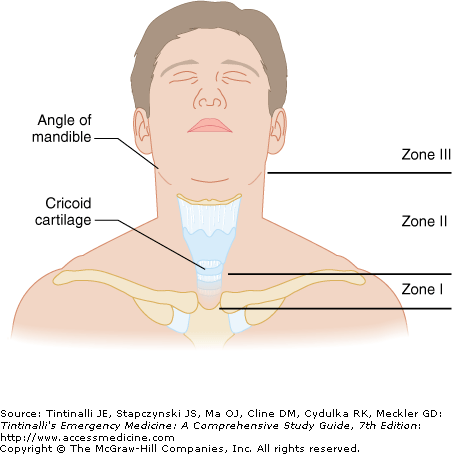So I ran a shooting today that went relatively smoothly, but he started having problems in the ED and it got me wondering about working with what I've got here and what approaches I have. Should have asked the doc while I was there, but I was trying to get other things done.
So 29 y/o M with a single GSW to the neck above the L clavicle, estimated to be about the height of C6, unknown what it really hit. Patent airway and breathing on his own. Radial pulses present on scene, couldn't feel them on arrival. Pt did not respond verbally or physically, but would blink when asked and did so all the way to the hospital.
Vx: 82 NSR, BP ??? (Failed 4x, pulses and response to command to vaguely ballpark perfusion status), 99% on 15L when it would read, RR 25~, EtCO2 35.
Tx: Collar, NPA/NRB, 14ga, many layers of blankets.
In the ED his heart rate dropped to 30. They ended up doing a thoracotomy I believe, so it didn't really get a typical ACLS run.
Now here is my question. Bradycardia + potential spinal injury. He is at 30 in your truck and its just you and a fire fighter. What would your plan to manage this be to buy yourself 5 minutes to get him to a hospital with a pulse? Just for fun, your ideal method in a perfect world and with what you actually have available if they differ.
So 29 y/o M with a single GSW to the neck above the L clavicle, estimated to be about the height of C6, unknown what it really hit. Patent airway and breathing on his own. Radial pulses present on scene, couldn't feel them on arrival. Pt did not respond verbally or physically, but would blink when asked and did so all the way to the hospital.
Vx: 82 NSR, BP ??? (Failed 4x, pulses and response to command to vaguely ballpark perfusion status), 99% on 15L when it would read, RR 25~, EtCO2 35.
Tx: Collar, NPA/NRB, 14ga, many layers of blankets.
In the ED his heart rate dropped to 30. They ended up doing a thoracotomy I believe, so it didn't really get a typical ACLS run.
Now here is my question. Bradycardia + potential spinal injury. He is at 30 in your truck and its just you and a fire fighter. What would your plan to manage this be to buy yourself 5 minutes to get him to a hospital with a pulse? Just for fun, your ideal method in a perfect world and with what you actually have available if they differ.

